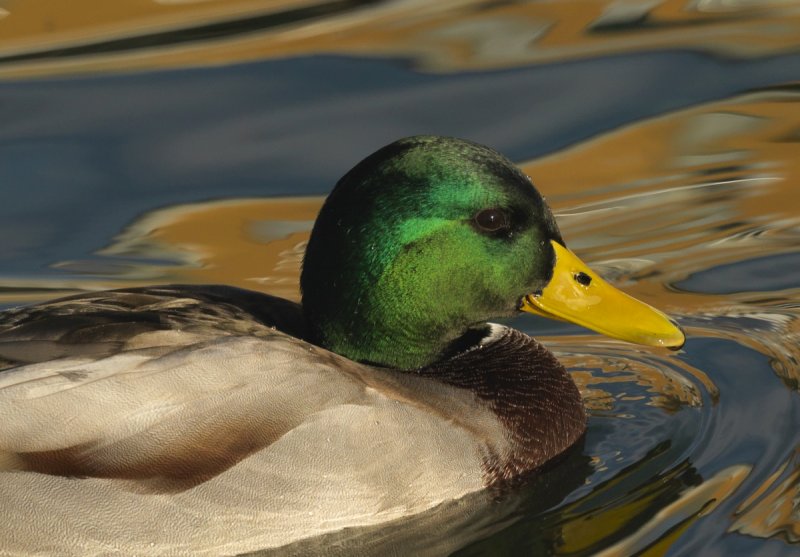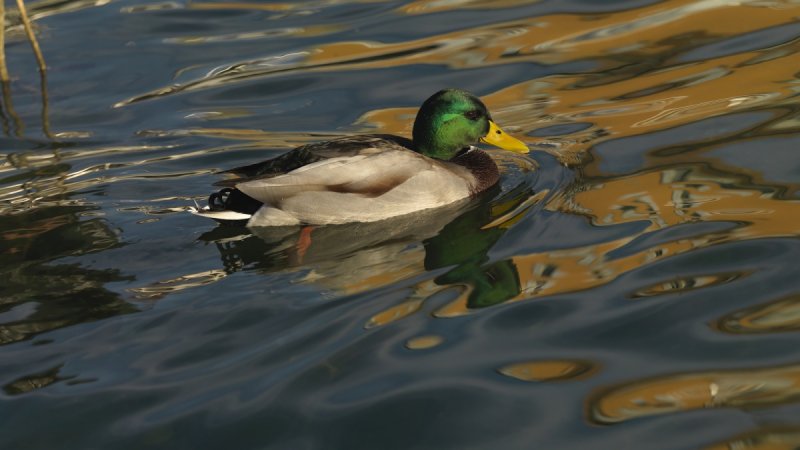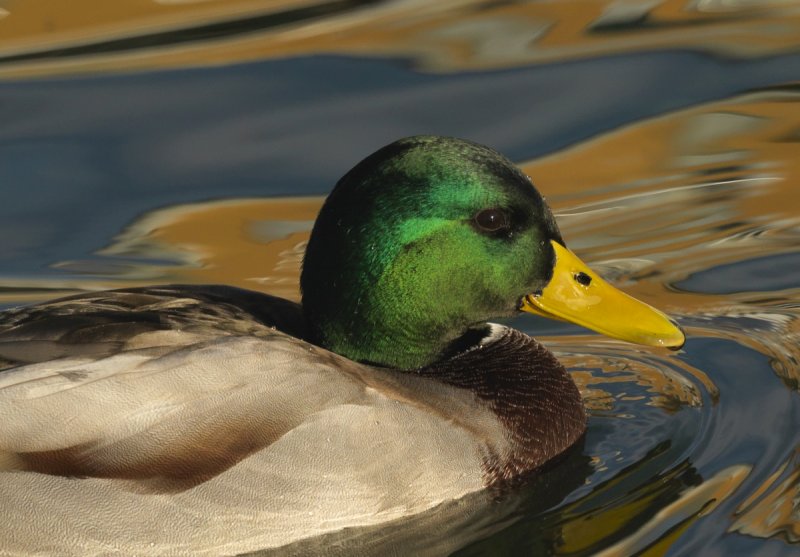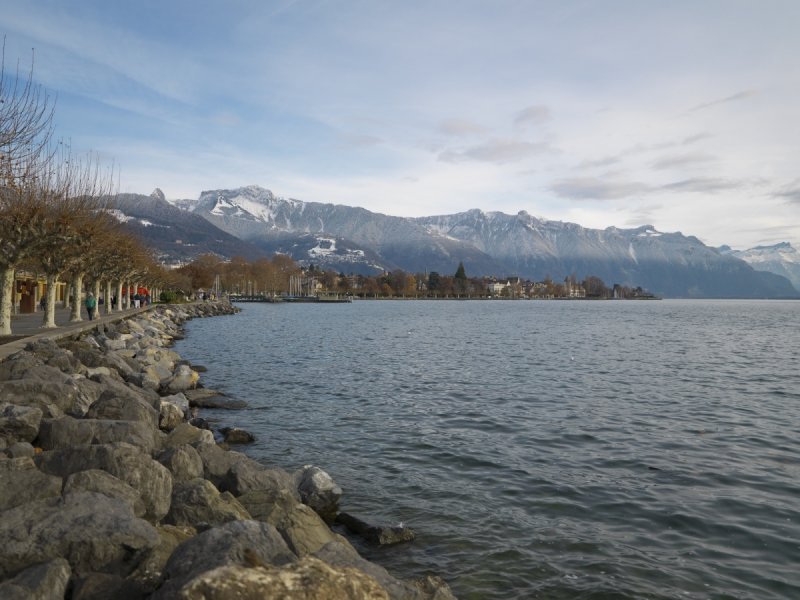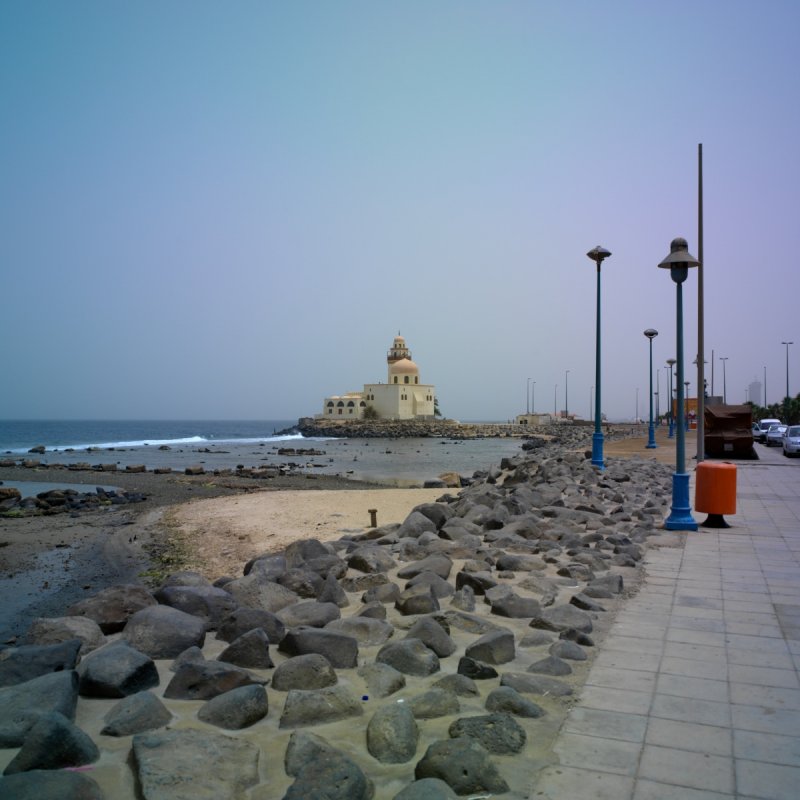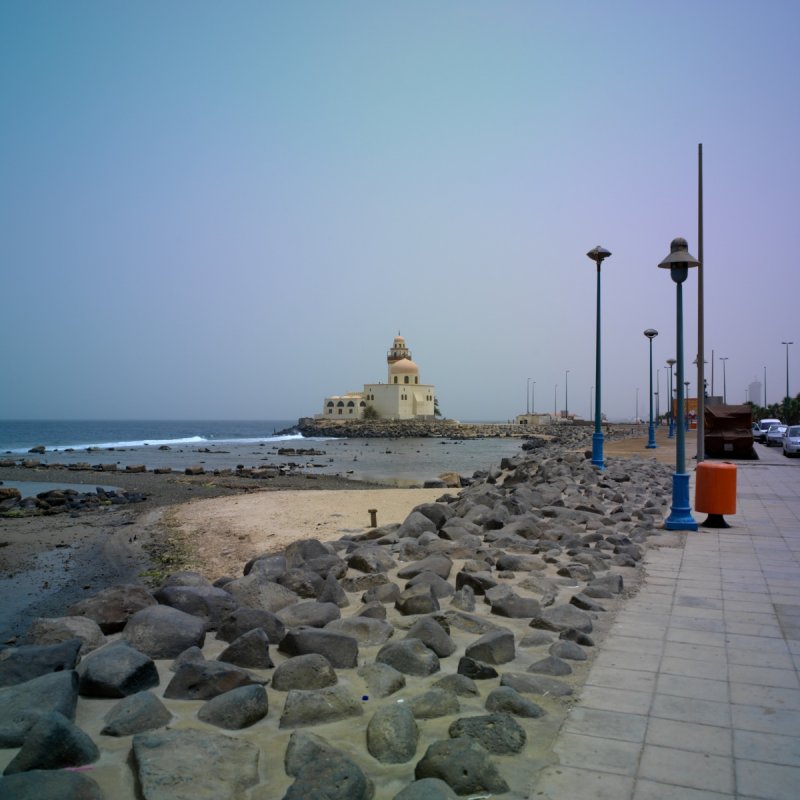john_r_smith
Member
- Joined
- Jan 14, 2008
- Messages
- 47
Folks
I am the owner of a quite extensive V-system kit, and I have got quite interested in the idea of purchasing the new CFV-39 digital back. At present I shoot B/W film, which is then scanned after development and I print the results on an Epson 2400. However, if the CFV back was good enough, and if I could be persuaded that producing B/W from a colour original was in fact a sensible way to do things, I might just be tempted to give up my beloved Tri-X and HP5.
But this (for me) is serious money, so in order to evaluate the issues a bit further, I downloaded Phocus from the Hasselblad site and the four sample RAW images as well. Lots of computer hours later, I am not too much the wiser, as the sample pictures really are nothing like the sort of pictures I take. I do mostly landscape and architecture (here in Cornwall UK) not glamour and night shots. I did my best to treat the shot of the very nice young lady in the bikini as if she was a view of Mevagissy Harbour, but somehow the technical challenges are not quite the same.
So I wondered - does anyone here have, or know of a source, for some sample landscape (particularly with clouds) or architecture RAW shots from a Hasselblad 39mp back (H-series would be fine) which I could access and evaluate?
Best wishes
John
I am the owner of a quite extensive V-system kit, and I have got quite interested in the idea of purchasing the new CFV-39 digital back. At present I shoot B/W film, which is then scanned after development and I print the results on an Epson 2400. However, if the CFV back was good enough, and if I could be persuaded that producing B/W from a colour original was in fact a sensible way to do things, I might just be tempted to give up my beloved Tri-X and HP5.
But this (for me) is serious money, so in order to evaluate the issues a bit further, I downloaded Phocus from the Hasselblad site and the four sample RAW images as well. Lots of computer hours later, I am not too much the wiser, as the sample pictures really are nothing like the sort of pictures I take. I do mostly landscape and architecture (here in Cornwall UK) not glamour and night shots. I did my best to treat the shot of the very nice young lady in the bikini as if she was a view of Mevagissy Harbour, but somehow the technical challenges are not quite the same.
So I wondered - does anyone here have, or know of a source, for some sample landscape (particularly with clouds) or architecture RAW shots from a Hasselblad 39mp back (H-series would be fine) which I could access and evaluate?
Best wishes
John


